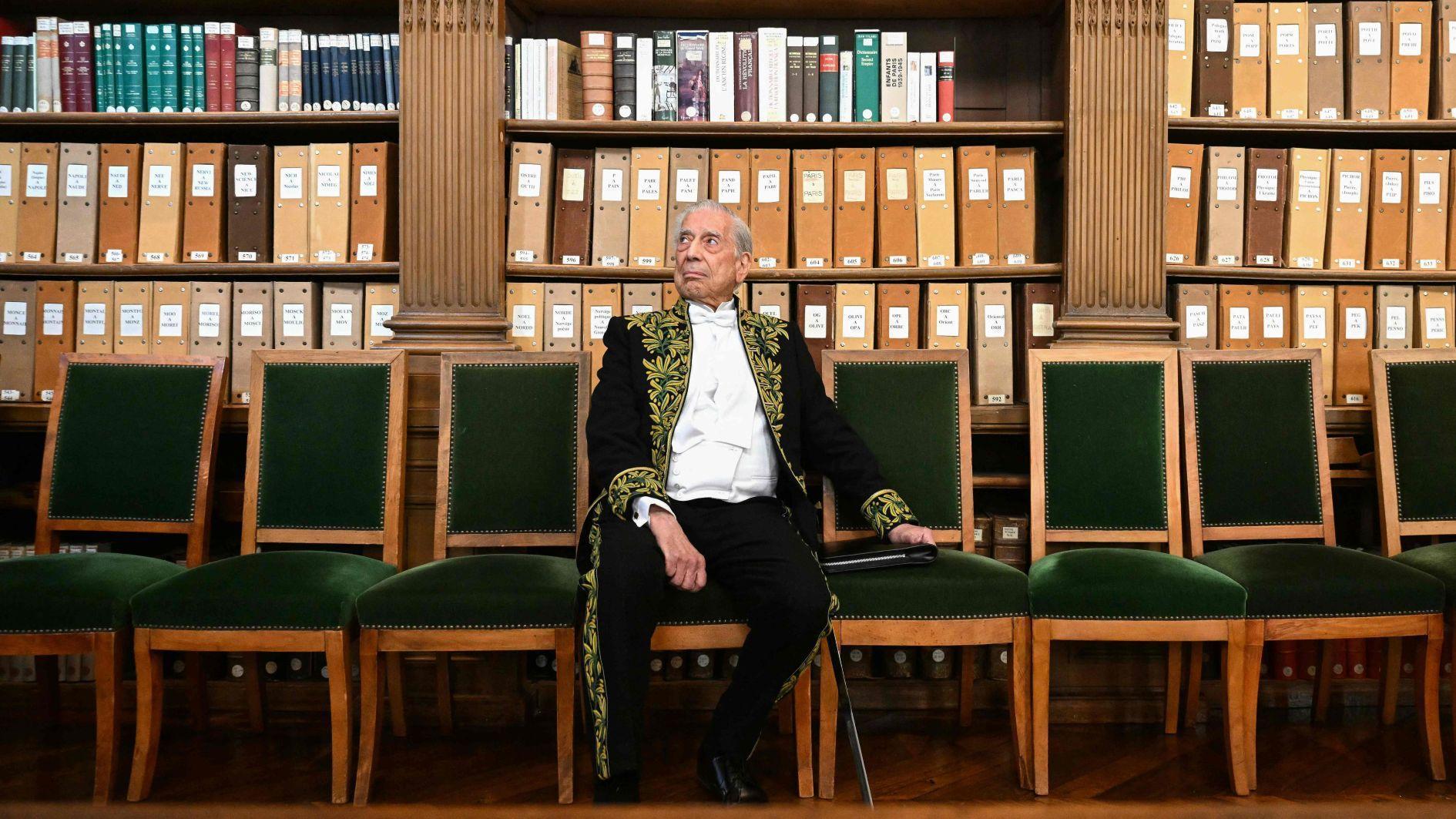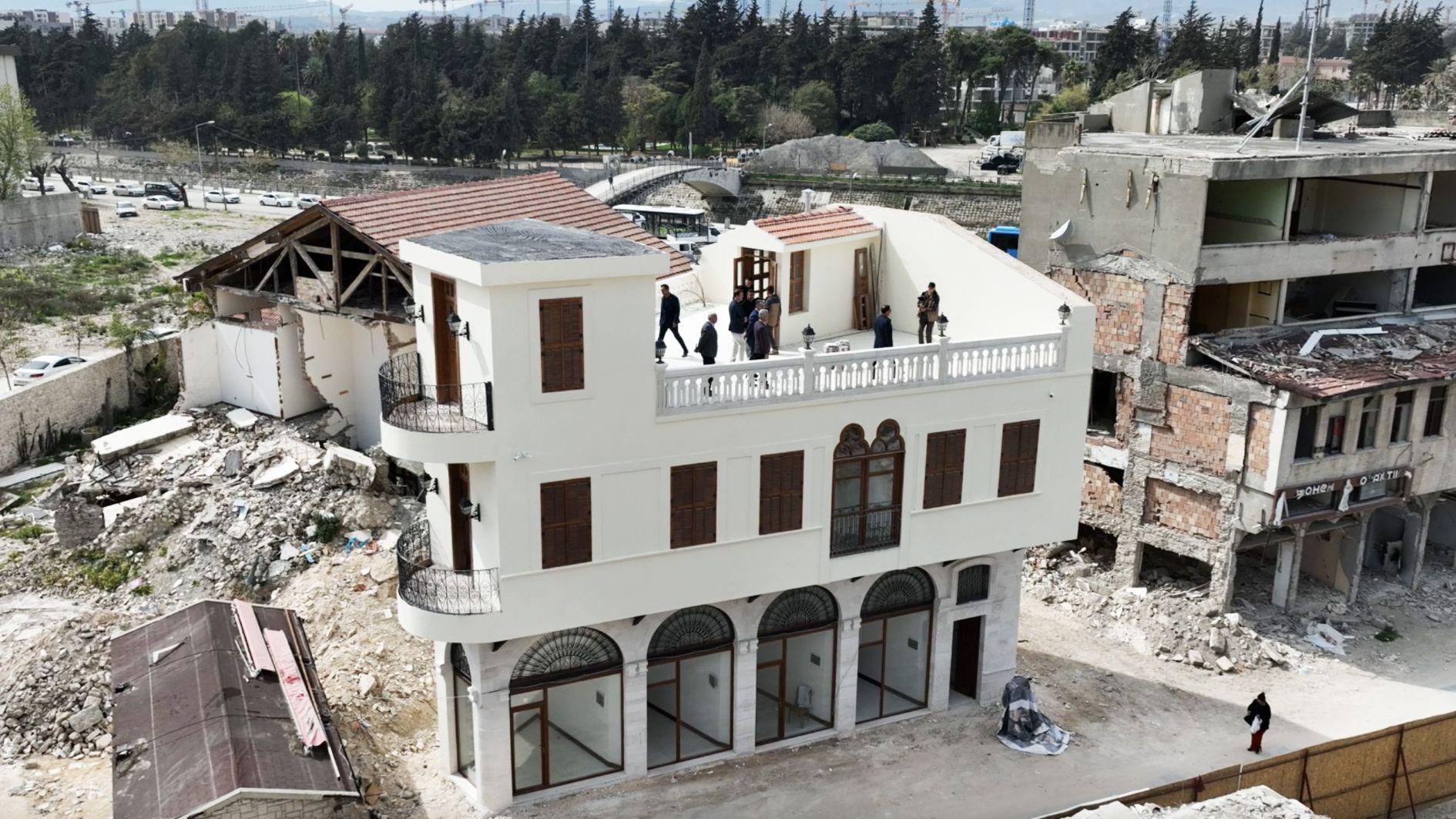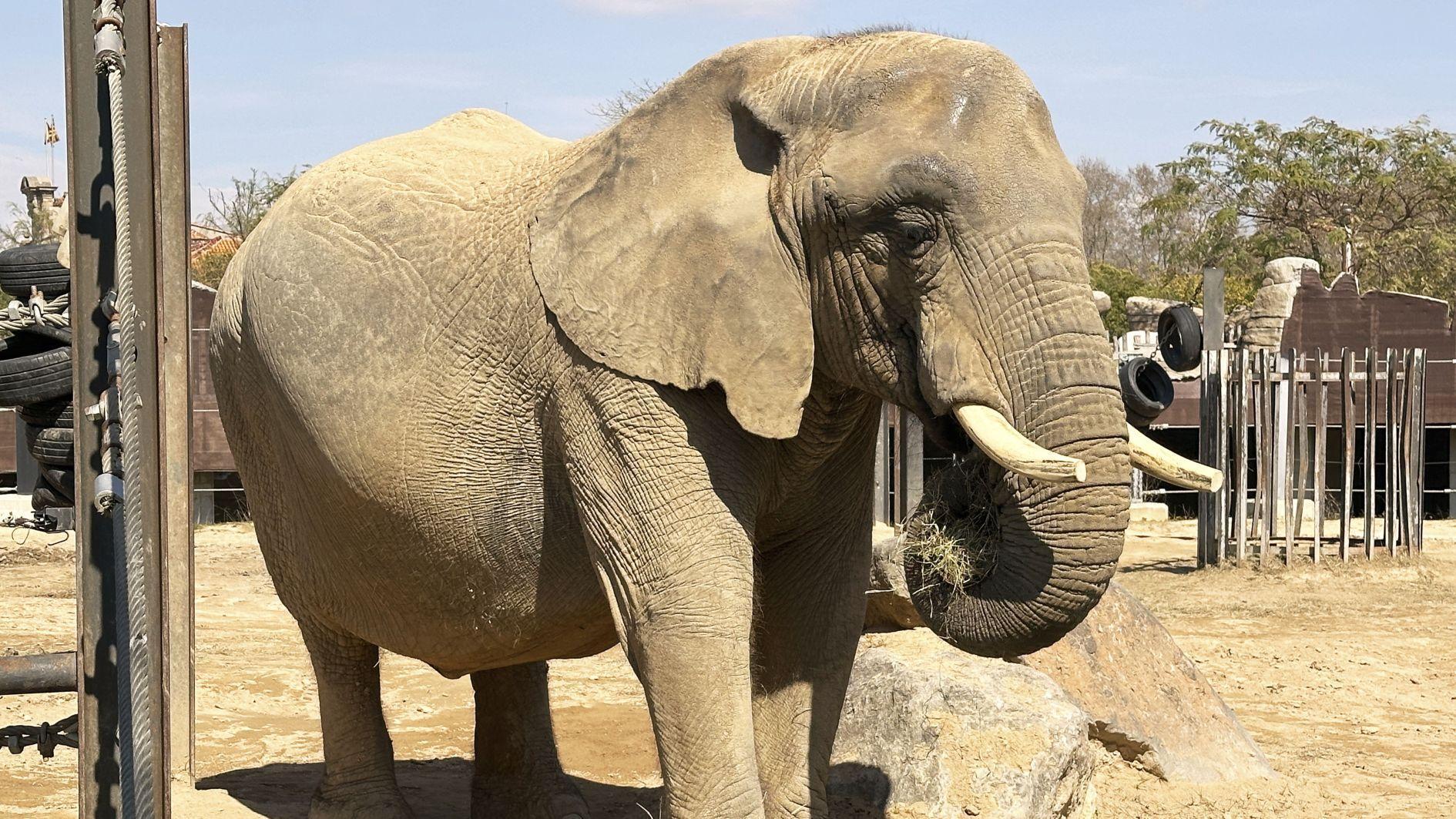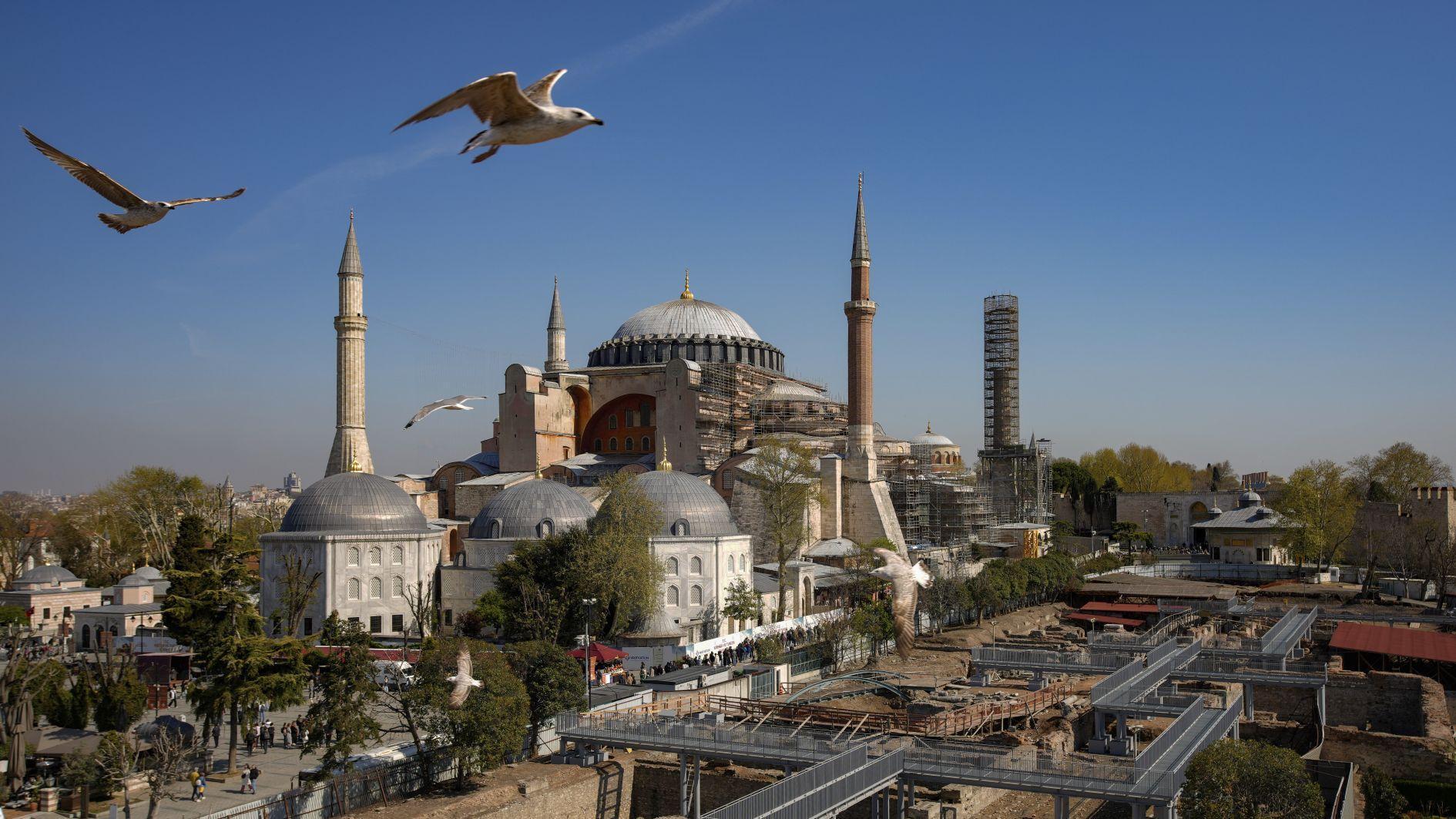Rescued Urartian artifacts on display
KARS

The Urartian-era bronze, copper and silver artifacts, rescued from smugglers in the eastern province of Ağrı, are exhibited at the Kars Archaeology and Ethnography Museum.
The Urartian artifacts seized in an operation conducted by Ağrı Police Department teams in 2015, were later delivered to the Kars Archaeology and Ethnography Museum.
The artworks were opened to visitors in the Special Exhibition Area of the museum after the completion of the restoration work. The works, which date back to the period of Urartian King Argishti II (713 B.C.), are considered to be the continuation of the Urartian period works returned from Hungary in 2021.
Speaking to the Anadolu News Agency, Deputy Director of Kars Archaeology and Ethnography Museum Hakim Aslan said that the museum has a very rich collection.
Stating that the museum is home to works belonging to many civilizations, Aslan said, "A significant part of the museum collection consists of artifacts from the Urartian period. Metal objects were especially important for the Urartian people. The temporary exhibition we opened includes works made of bronze, silver and copper from this period."
Mentioning that some of the artifacts that were rescued from smugglers in Ağrı have been brought to Kars, Aslan said, "The Urartian artifacts are a group of artifacts seized during the fight against smugglers in Ağrı in 2015. We created an exhibition specifically aimed at preventing cultural asset smuggling. These works provide important information about the Urartian era, and we obtain important information about the artistic skills in this period from the decorative patterns on the artifacts.
Speaking about the artifacts on display, Aslan said the following:
“They consist of kitchenware, war tools and car parts. There are religious elements on the car parts, as well as war scenes. There are depictions of winged people and god figures on these works. There are war scenes and winged human figures on the pectorals [necklaces made of various metals] and car parts. These are also elements of the polytheistic belief we see in the Urartians. We can also see the struggles of the war, horse carriages and soldiers on the artifacts.”
In the study carried out within the scope of the fight against cultural property smuggling, he said, a group of works were seized in Hungary and brought to the museum in 2015.
“It is believed that these works may be of Anatolian origin. In the examination and study conducted by the Culture and Tourism Ministry, it was revealed that these collections are very similar to the Urartian-era artifacts in the museum and then these artworks were brought to Türkiye,” Aslan said.
















